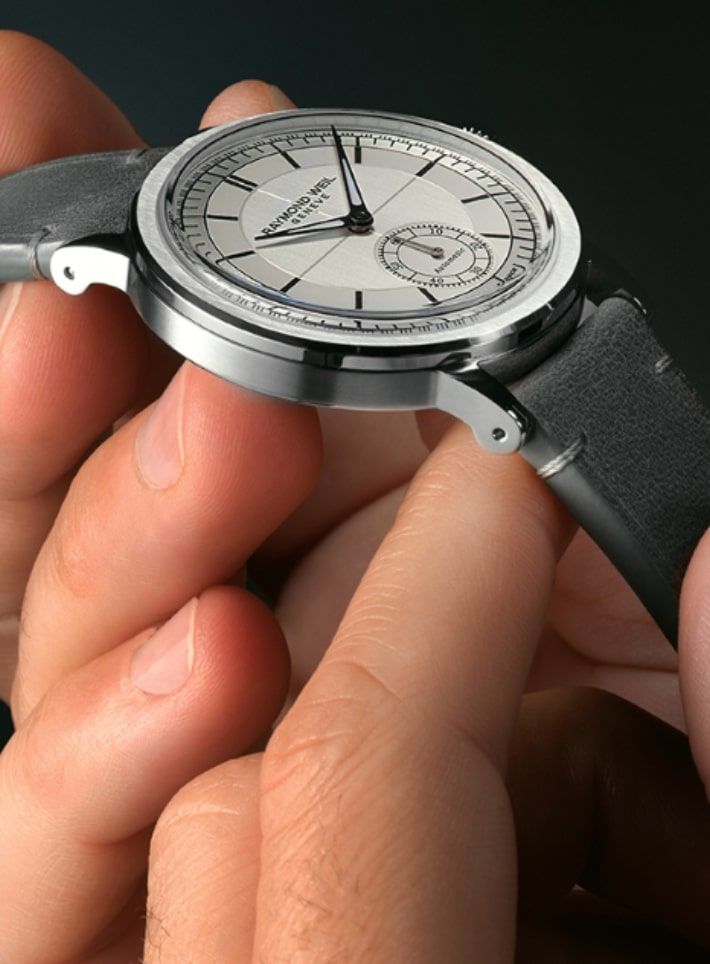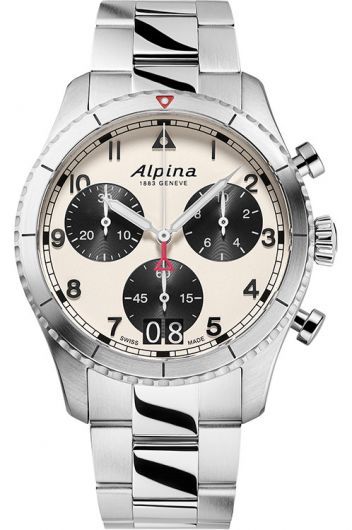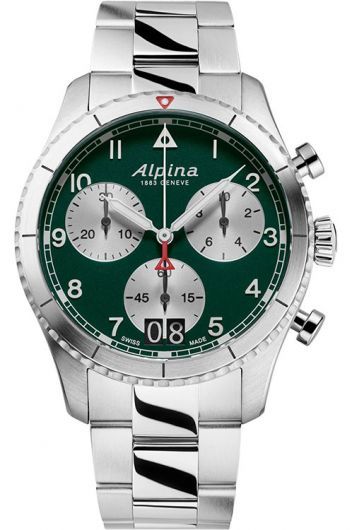Trending Articles from The Watch Guide

Let It Glow, Let It Glow, Let It Glow: The Glowing Case Of The BR X5 Green Lum By Bell & Ross

Lasered Kaleidoscope: Presenting The Oris ProPilot X Calibre 400 Laser

Set In Stone: Introducing The Jacob & Co Palatial Classic Collection’s Stone Dials

Retro, Winning Charm: Raymond Weil's Millesime—A Tribute To Understated Elegance
Alpina Watches - We Shape the Change
An Alpinist’s Dream
When Gottlieb Hauser founded the Corporation of Swiss Watchmakers/Alpina Union Horlogère (U.H.) S.A. in 1883, little did he know that his Alpinist principle and concept would soon become a movement. The association aimed to unite independent Swiss watchmakers so that they could purchase watch components and manufacture them on their own, in the most favourable condition. It became an overnight success. Through his horological innovations, Mr Gottlieb Hauser, the watchmaker from Winterthur and the driving force behind this Union, would later revolutionise sports watches.
In 1901, when the Union was participating in the Universal Exposition in Paris, the name Alpina was adopted. Subsequently, they registered their calibres with ‘Alpina’, and this group of independent Swiss watchmakers came to be known as Alpinists. The literal translation of the brand’s name means a climber of the Alps, and Alpina Watches was climbing up the ranks of the watchmaking world in those days. In 1908, during the 25th anniversary of Alpina, the brand got itself registered for wristwatches and never looked back. By 1920, over 2000 dealers were selling Alpina watches. In 1926, it became the first brand to provide its customers with an international warranty.
Hauser’s plans for durable and supreme quality sports watches came into fruition in 1938 with the introduction of the ‘Alpina 4’ concept. Driven by the desire to make an ideal watch for engineers, technicians, and sportsmen, Hauser imposed four essential principles that were to be followed to make a true ‘sports watch’. A strict conformation to these four principles, namely antimagnetic, antishock, water-resistant, and stainless steel, laid the foundation for the sports watch revolution. This visionary idea of Gottlieb Hauser changed the dynamics of sports watches, and Alpina became the leading wristwatch choice for pilots, divers, and naval and military officers.
“Trust It. Rely On It”: The Alpina Watches Manufacture
Alpina Watches has come a long way since 1910 when the company had its headquarters located at Biel/Bienne in Switzerland. The independent watch manufacturing unit is now based in Plan-les-Ouates, Geneva.
The watches made in Geneva are created in workshops and hi-tech labs, where each part of the watch is assembled using hands in a dust-free, climate-controlled environment. The craftsmen toil for hours to put together infinitesimally small pieces of each watch. As soon as the parts are in place, the watch has to undergo the last hurdle that keeps it from being a sports watch like no other. The watch is put to trial in a specific set of digitally controlled machines where its quality is examined. The water-resistant capacity is tested using high-tech ‘Deltarox’ and ‘Hormec’ machines. The watch’s movement and amplitude are tested in five different positions using the ultra-modern Witschi equipment.
The Legacy Of d’Horlogers Suisses
The Swiss watchmakers were heavily impacted by the Quartz Crisis in 1970, but respite came in the form of Dutch entrepreneur Peter Stas and Aletta Stas-Bax, the founders of the Dutch watchmaking company Frederique Constant, in 2002. Since then, Alpina has presented the world with the finest series of sports watches with models in different categories: Alpiner, Startimer, Seastrong, Comtesse, and Smartwatches. The Alpina Extreme Diver released in 2003, features a helium escape valve and a see-through case back with a water resistance of 1000 feet.
Underneath lies the belief that “everybody who shares these values will one day wear an Alpina watch, thereby becoming an Alpinist”.























